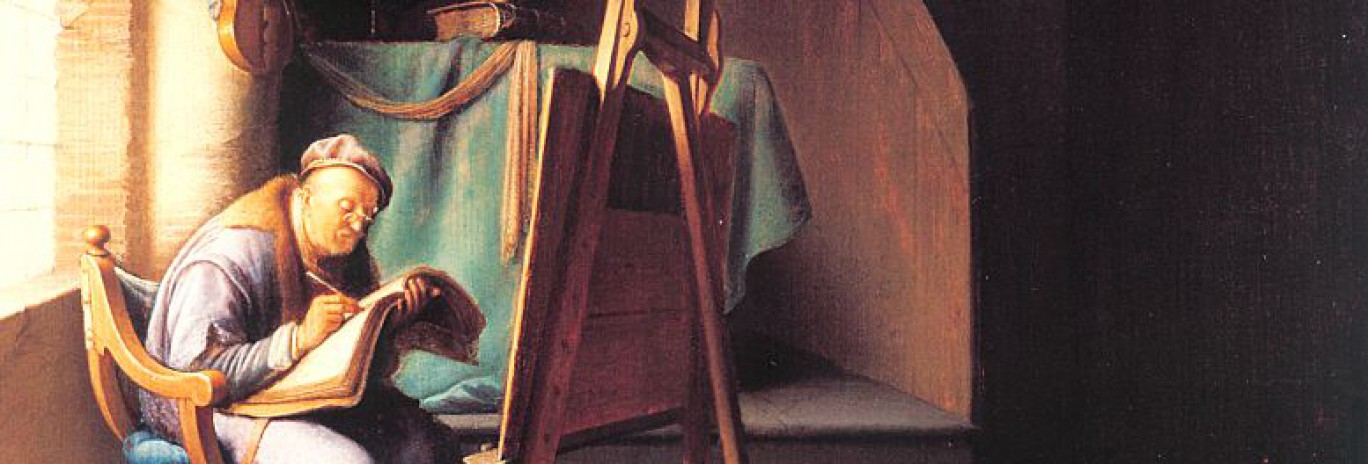Events
Thijs Hagendijk and Mariana Pinto will present papers at the Conference on the History of Chemistry, Trondheim, Norway, 29 August
Conference:
In summer 2017, the fortieth anniversary of the creation of the Working Party (WP) on History of Chemistry of the European Association for Chemical and Molecular Sciences (EuCheMS) will be celebrated. The general aim of the conferences organised by the WP is to facilitate communication between historically interested chemists and historians of chemistry, and to gather the community on a regular basis.
The 11th International Conference on the History of Chemistry (11th ICHC) will take place from 29 August to 2 September 2017 in Trondheim. Thijs Hagendijk will present a paper titled ‘Learning from sixteenth-century recipes. The value of pedagogical reconstructions for chemistry education’, which is provisionally scheduled as part of the session “Chemistry teaching: new approaches” on Thursday, 31 Aug. afternoon. Mariana Pinto will present a paper titled ‘Chemical analysis of historical pigments in the 19th century’
Abstract paper Thijs Hagendijk:
What can chemistry students learn from reading and performing centuries-old recipes? How can historical reconstructions contribute to chemistry education in general? With these questions in mind, I started a pilot lab course in January 2017. Students performed reconstructions of inks, pigments and fake-pearl recipes found in an English translation of Alessio Piemontese’s De’secreti (1595). This book of secrets proved immensely popular in the sixteenth century and contained recipes ranging from alchemy to the decorative arts. In this paper I will argue that the pedagogical use of historical reconstructions can contribute to chemistry education in at least two different ways. First, while the historically-oriented science student is a rare species, reconstructions prove to be a natural way to involve science students with history and to create historical awareness of their discipline. For example, they learn about alchemy while figuring out how to reconstruct a recipe using lutum sapientiae (clay) and develop an understanding of the raw materials used in early modern workshops and laboratories. Second, historical reconstructions activate a set of epistemic attitudes that complement the skills taught in traditional lab courses. Whereas the importance of the senses has been downplayed in modern chemistry, historical reconstructions allow students to gain material literacy through experiencing the brittleness of Arabic gum or smelling the peculiar sweetness of iron gall ink. Moreover, students have to deal with the ambiguities of early modern recipes and consequently learn to be creative and to improvise in the lab.
Abstract paper Mariana Pinto:
Chemistry and conservation are nowadays closely related. More specifically, chemical analyses of pigments can be considered as a fundamental step in the conservation of artworks. In the first place, knowledge of the chemical properties of pigments may provide important information about the degree of deterioration of a polychrome surface, and could therefore influence the decision-making process for an artwork’s conservation treatment. Moreover, the analysis of pigments can inform the conservator about possible past interventions. However, while conservation practice has a long history, use of chemical analysis of pigments has only become common in conservation practice, and its usefulness more generally recognized, during the twentieth century. As part of larger study of the recognition of chemical expertise in conservation practice, this paper offers a comparative study of early practices of pigment analyses in the nineteenth century, presenting cases from the English and Italian context. On the one hand, an interesting case can be observed in England, where figures from the scientific world –such as Faraday- not only carried out pigment analyses, but were also part of several debates within the artistic community. On the other hand, Italy offered well-known archaeological sites, typical places of provenance for paint samples analysed in several countries. This paper investigates the discussions that these pigment analyses generated in the scientific and artistic professional communities against the background of increasingly specialised disciplinary landscape.


